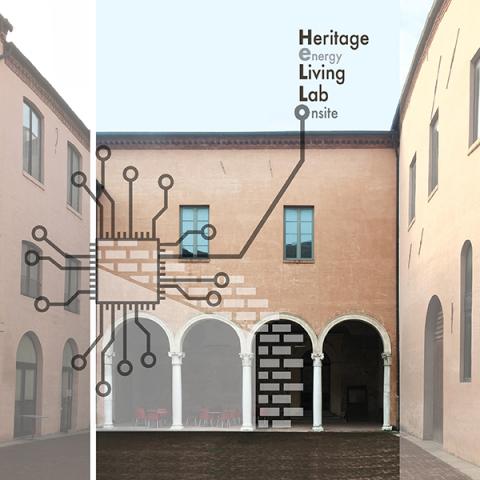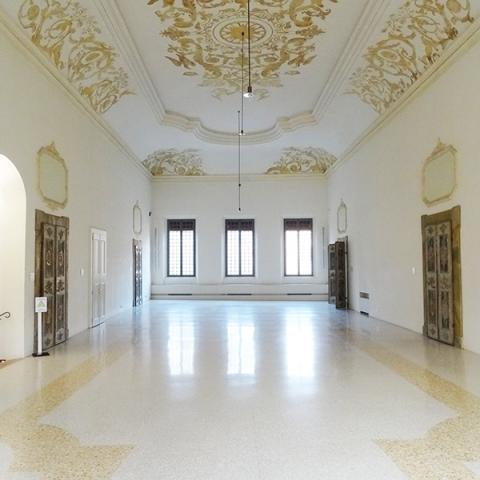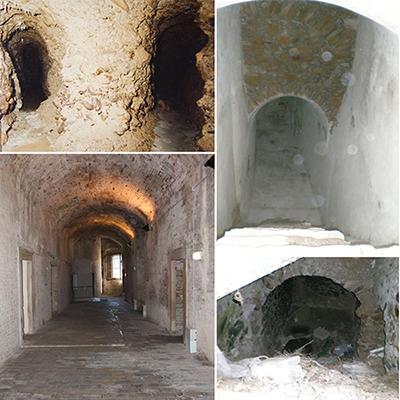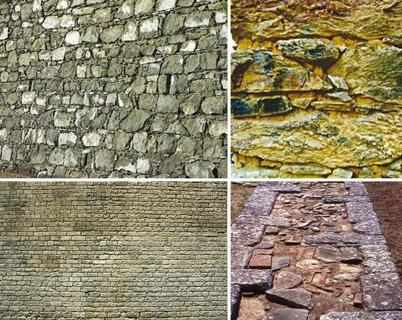MEMBRO DEL COMITATO SCIENTIFICO di recuperoeconservazione_magazine
Ambito di lavoro per rec_magazine: Recupero e restauro sostenibili
Architetto, professore Associato di Progettazione tecnologica e ambientale dell'architettura (CEAR-08/C) al Dipartimento di Architettura (DA), Università di Ferrara (Unife), dove insegna Tecnologia dell'Architettura.
Membro dell'Academic Board del Dottorato di Ricerca internazionale e interdipartimentale ESW - Environmental Sustainability and Wellbeing, Unife.
Dal 2021 al 2024 Ricercatore a tempo determinato di tipo b presso il DA, Unife e dal 2019 al 2021 Ricercatore a tempo determinato di tipo a presso il Dipartimento di Ingegneria e Architettura, Università di Parma.
In questi anni ha lavorato a numerosi progetti di ricerca nel campo della riqualificazione energetica, ambientale e funzionale del patrimonio edilizio esistente di recente costruzione e, in particolare, storico, con focus sia a scala dell'edificio sia di città storica. Tra i principali progetti si ricordano: Ricerca “HeLLo-Heritage energy Living Lab onsite”, MSCA, IF Standard, HORIZON 2020 (2018-20); Responsabile Scientifico dell’Unità di ricerca Unife, ricerca Nazionale “PRIN 2022”, progetto “BEACON”. Primo premio al Premio internazionale "Natta Copernico", ai Green Building Council Italia Awards (2016 e 2018) e al “Best Middle Eastern University Award”, SDME2018, Dubai, UAE (team KNOW HOWse).
È membro di Collane editoriali (Maggioli Ed., Gangemi Editore) e membro di comitati scientifici/editoriali di riviste. È autore di oltre 100 pubblicazioni scientifiche.





